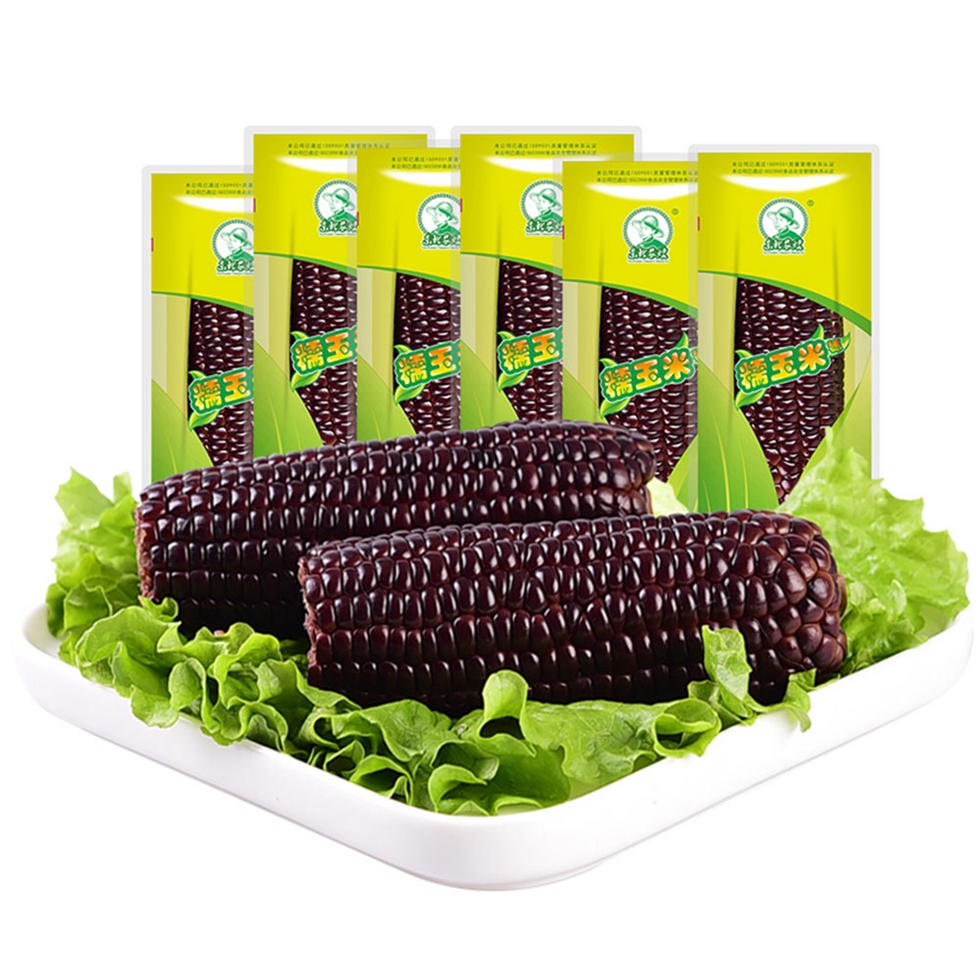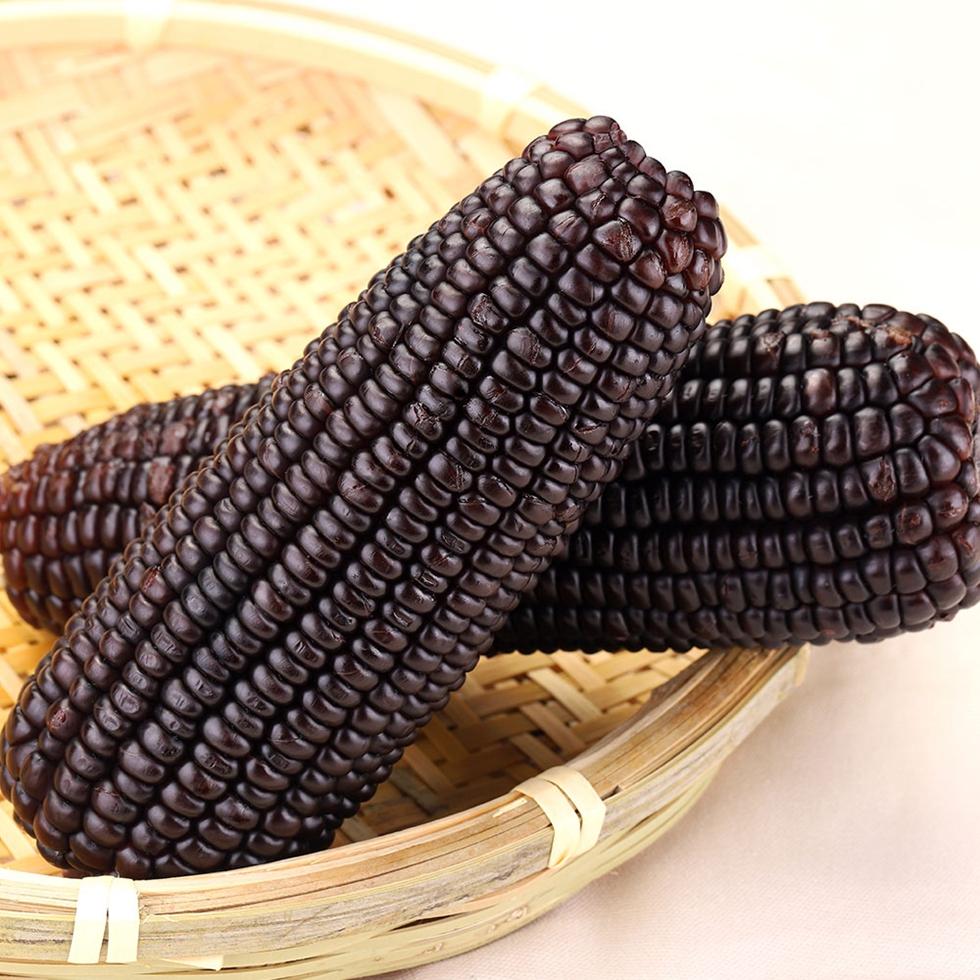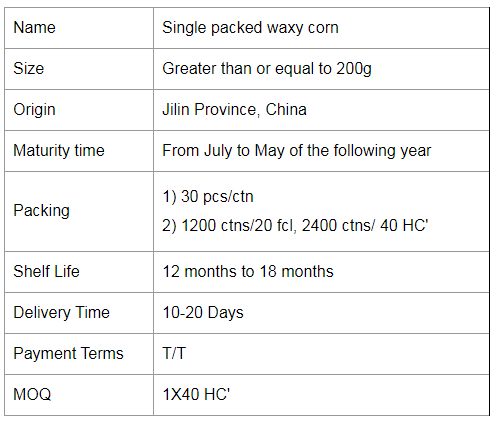Eggplant brown leaf disease is the main disease in eggplant cultivation. From the seedling stage to the adult stage can be victimized. The seedlings were injured, brown or dark brown depressions appeared on the bases of the stem near the ground, and black spots were formed. When the conditions were appropriate, the lesions developed rapidly, causing the seedlings to fall and die. Plant stage leaf, stem and fruit can all be pathological. The incidence of the lower leaves of the plant is more, the beginning is a small round brown spots, the lesions are expanded round or nearly round, the central gray or light brown, dark green edges, the upper black dots arranged in the ring pattern. The damage to the stems occurred at the base of the stems, resulting in lesions with grayish white centers, dark brown edges, and many black dots on the upper part. The diseased parts sunk in rot, and the cortex fell off, exposing the xylem, and it was easily broken. The fruit is infected, resulting in large-sized lesions of light brown, slightly sunken, with many small black spots, arranged in a roulette pattern, and the lesions can be expanded up to the entire fruit, and finally rotted off or hung on the plants and dried and contracted into a stale fruit. Diseased fruit seeds gray or gray, wrinkled and dull.
The disease should adopt a comprehensive measure of “selection of disease-free seed or seed treatment combined with chemical controlâ€:
1. Use disease-free seeds.
2, seed processing. Seed-borne bacteria should be treated with seeds. There are 3 common methods: soaking with a warm soup, presoaking with room temperature water for 2-3 hours before soaking, and then soaking the seeds in warm water at 55°C for 15 minutes or warm water at 50°C 30 minutes, immediately after the stipulated time, it was cooled by cold water and allowed to sow or germinate after drying. Second, use 40% formalin 300 times solution soaking 15 minutes, after sowing, have a certain effect. Three parts of 50% benomyl wettable powder and 50% of thiram wettable powder, 1 part of soil and 3 parts of mud are mixed and mixed with seed mixture with 0.1% seed weight.
3, seedbed soil disinfection. 50% carbendazim WP is used in the old seedbed for 10 g/m2, mixed with soil and sowed or transplanted, or 10-15 kg of fine soil can be added with 50% methicillin WP 5 g. After mixing well, 1/3 of the drug soil is sprinkled in the bed, and 2/3 of the drug soil is used as the cover soil.
4, strengthen the cultivation and management. Early removal of diseased leaves and diseased fruits, and thorough cleaning of the greenhouse after harvesting.
5ã€In the early stage of disease, 50% acetaminophen wettable powder 1000-1500 times, or 50% benomyl WP 800 times, can be sprayed every 7-10 days depending on the disease condition, even preventing 2-3 times .
Disclaimer: Some articles in this website have been transferred from the Internet. If you are involved in third party legal rights, please inform this website. phone
Colorful Mottled Waxy Corn is generally white, yellow, red, purple and black, with white, yellow and Black Waxy Corn being the basic colours. The purple gene of a purple-white cross naturally becomes purple if it "beats" the white gene, and vice versa, so if the two make a tie, we see white and purple corn. Purple can turn into red and Fresh Black Corn, or as we often say, "red is purple and black is purple". Of these Mottled Waxy Corn, the most common Yellow Waxy Corn is the most nutritious, as it is rich in carotenoids.



Purple Waxy Corn,Single Packed Waxy Corn,Single Packed Black Waxy Corn,Single Packed Purple Waxy Corn
Jilin Province Argricultural Sister-in-law Food Co., Ltd. , https://www.nongsaocorn.com